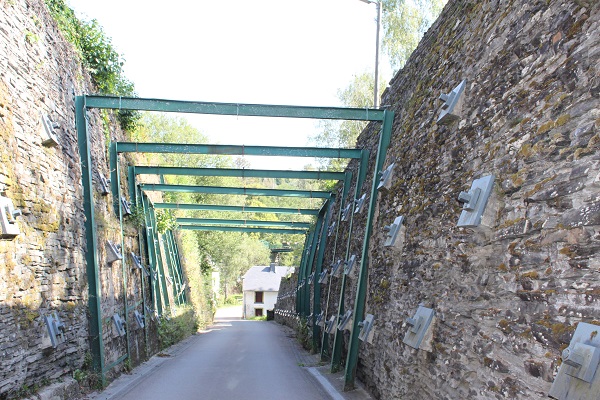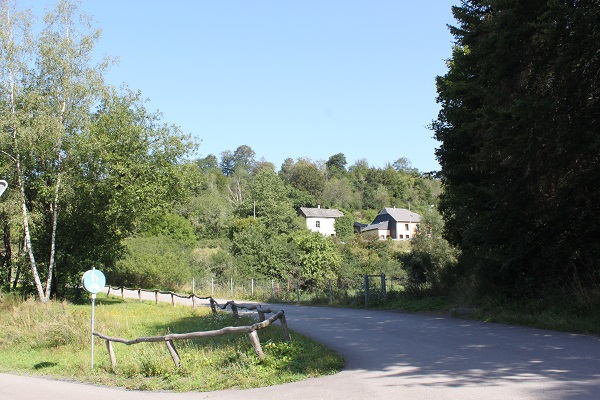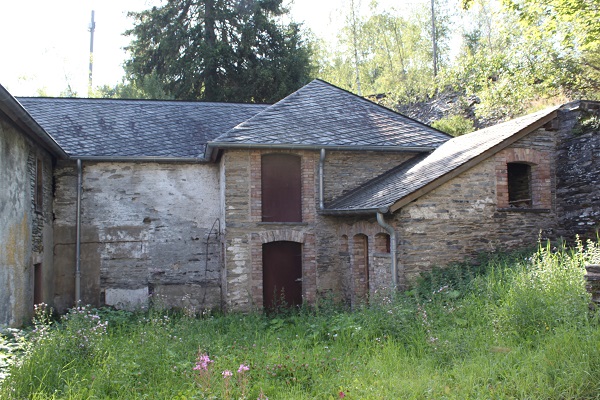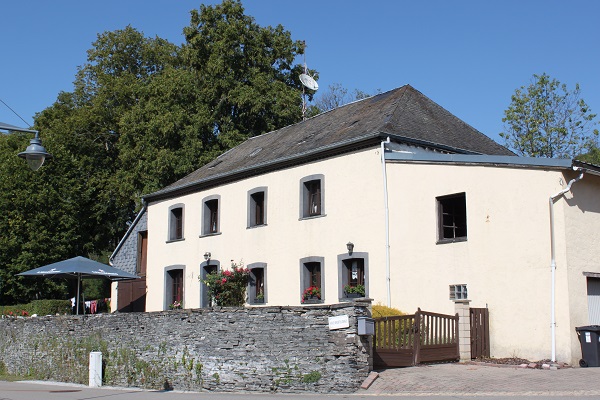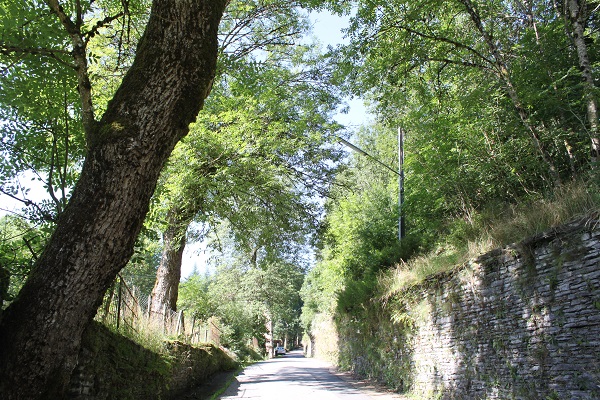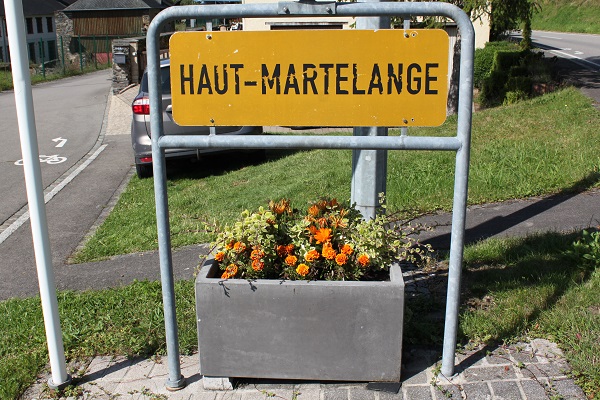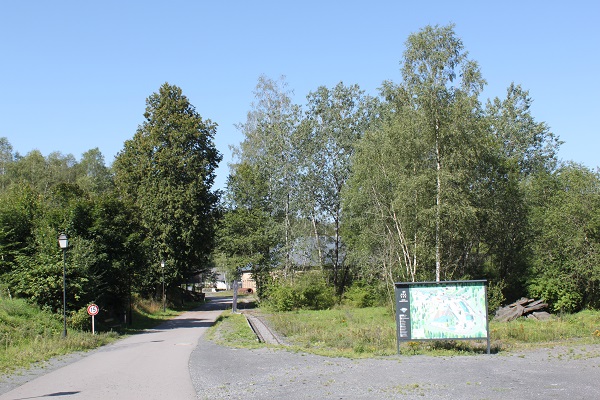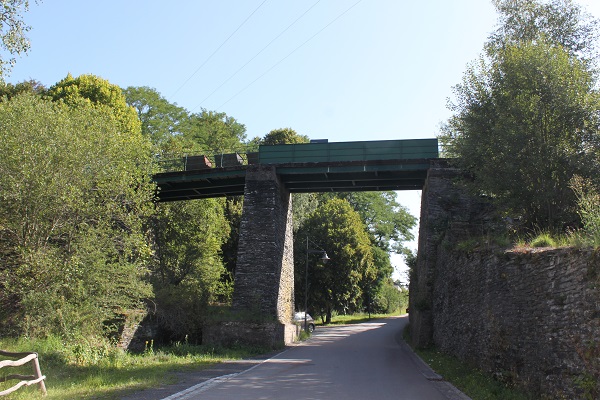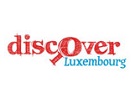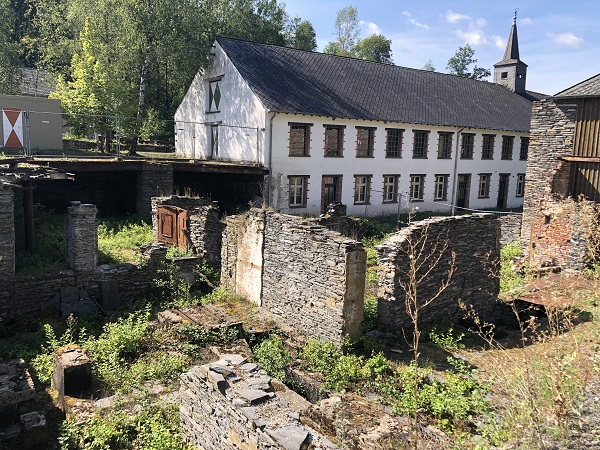 Credit: Otilia Dragan, Chronicle.lu
Credit: Otilia Dragan, Chronicle.lu
Throughout August, Chronicle.lu will be shining a spotlight on various villages across the Grand Duchy; the focus is mainly on some of the (perhaps) lesser-known villages with particular points of interest or an interesting history (e.g. cultural and/or industrial heritage).
The next article in this series is dedicated to Haut-Martelange (Uewermaartel in Luxembourgish), a village in the municipality of Rambrouch in northwestern Luxembourg (Canton Redange), along the border with Belgium, and which has a population of about 20. Interestingly, as drawn up by the cadastral, the border with Belgium goes down the main street in Haut-Martelange, which is why the (many) petrol stations in the area are on the Luxembourgish side. There is a local restaurant in the village called "Chez Nous, Chez Vous".
Haut-Martelange used to be a part of the old municipality of Perlé. The village is best known for its former slate quarry and some buildings (as well as some renovated ones from a bygone era) preserve its distinctive historical character.
At the end of the 18th century, the first underground mines opened in Haut-Martelange. By the end of the 19th century, several families developed companies which produced around six million roofing slates annually. While in the beginning the slate was dismantled manually, using a pick and a hammer, the work was facilitated through pneumatic machines from 1900 onwards. Around this time, Haut-Martelange employed about 600 workers. During WWI, the extraction of the slate (deemed important for the war) could continue. From 1930 on, however, sales started to stagnate due to an economic crisis. During WWII, as a tactic to avoid Luxembourgish workers being deported, the company employed more workers than before. Some German prisoners of war even had to perform their labour service at the slate mine. After 1960, the Luxembourgish slate industry slowly collapsed. The import of cheap roofing slates and new materials for roofing led to the closing of the last Luxembourgish slate mine in 1986.
The former quarry is now home to the Slate Museum (Musée de l'Ardoise), where visitors can discover the 200-year-old slate industry site and the path of slate, from its formation and its underground extraction to the finished product and its transport. The working conditions of slate workers in the area can also be explored. This can be done either independently (via explanatory panels, via the "Visit Eislek"-App and the I-beacons) or through tours which can be booked for the recently opened underground mine "Johanna". Tours must be booked at least a fortnight in advance. The following tours are available: 200 years of slate industry (three-hour guided tour), the journey of slate (three-hour guided tour), Below Ground (two-hour guided tour) and Haut-Martelange - protected treasure (one-hour guided tour). Rides on the industrial train (mainly during summer) and a visit to the café with old-fashioned charm (Bopebistro) are also available. The museum opens on demand, all year round and won awards as part of the Luxembourg Tourism Awards 2023.
In addition, there is a scenic cycle path called "Ardoisières" (PC18) nearby. It starts at the exit of Koetschette in the direction of Martelange (Belgium) on the N23 "Rue de Martelange". Before the "Wäissenhaff" one has to cross the N23 where the track continues on its own course, bypassing "Riesenhaff" from the south in the direction of Flatzbour. On leaving Wolwelange, it turns towards Perlé before descending towards Martelange.
There is also a local dog boarding house called "Au Coin des Chiens" available in the area, close to the motorway leading into Martelange.
Another nearby touristic attraction is the 385th Bomb Group Memorial Museum in Perlé, a military museum on aerial warfare during WWII.


